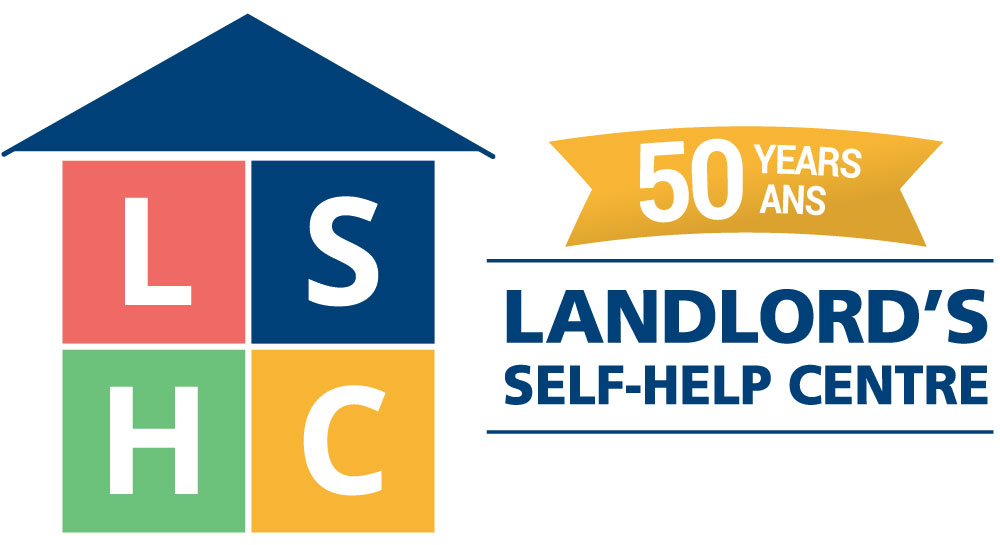Your first stop for self-help is a review of our FAQs. Take a look at the ever increasing collection of questions asked by Ontario’s small-scale landlords as well as the actual answers provided by Landlord’s Self-Help Centre.
Regarding repair responsibilities, if you look at page 7 of 9 on this LTB brochure https://tribunalsontario.ca/documents/ltb/Brochures/Maintenance%20and%20Repairs%20(EN).pdf on maintenance obligations, you may get a better sense of how the Board views and explains the duties of the tenant when it comes to cleanliness and repairs. It is less clear how they will approach the smaller details involved in enforcing these obligations, especially since tenants and landlords rarely see eye to eye on when or how well a problem has been solved. We encourage landlords to be clear about quality of work when asking tenants to clean up or repair damage, but beyond that, landlords have to take a “wait and see” attitude, and let the tenant do the work to their own standard since they are still in possession of the unit. The Board is more understanding about landlords hiring professionals if the tenant is ignoring or resisting the repair requests, or where they have botched a repair.
Unless it is a situation like hoarding, clean-up by professionals should only be done after the unit is empty for practical reasons, unless the tenant is in full written agreement.
The timeline you set for the tenants to clean up or repair damages should be general in nature, unless you are serving an eviction notice. You would make your request after you inspect with notice, and then schedule another inspection in 7 or 10 days, for example.
Although it is called a security deposit, the last month’s rent deposit can only be used for rent. It cannot be used to offset amounts owed for damages or for cleaning costs.
As of September 1, 2021 landlords can file an application for damage costs with the LTB up to one year after the tenant moves out of the rental unit.The tenant must have moved out of the rental unit on or after September 1, 2021. However, in order to file this application with the LTB, you will have to find out their new residential address to be able to serve them. The prescribed form is available on the LTB website at http://tribunalsontario.ca/ltb/forms/.
Keep in mind that it is not legal in Ontario to charge any deposit in addition to the last month’s rent deposit. It is an offence to charge any amount on top of the last month’s rent deposit and therefore it should be returned to the tenant in full.
The tenants are equally responsible for the ordinary cleanliness of the unit. A mutually-agreed upon cleaning schedule may be helpful to divide the workload between the three of them. You may hire a cleaning service, but it should be specified in the tenancy agreement (especially if the cleaners are going to be entering the rental unit at a designated time every month).
If a tenant is not fulfilling his or her cleanliness obligations under the Act, you may send a reminder letter letting your tenant know that they must keep the unit clean, a copy of section 33 of the Residential Tenancies Act can also be attached (which indicates the tenant is responsible for ordinary cleanliness of the rental unit). If the tenant still fails to comply then a N5 notice may be served.
Controlling the presence of pests such as bed bugs or fleas is part of the landlord’s maintenance obligations under s. 20 of the Act to keep the unit in a state that is in good repair, fit for habitation, and in keeping with health and safety standards. A landlord must hire a professional pest control company to deal with the issue as soon as he or she first becomes aware of it.

